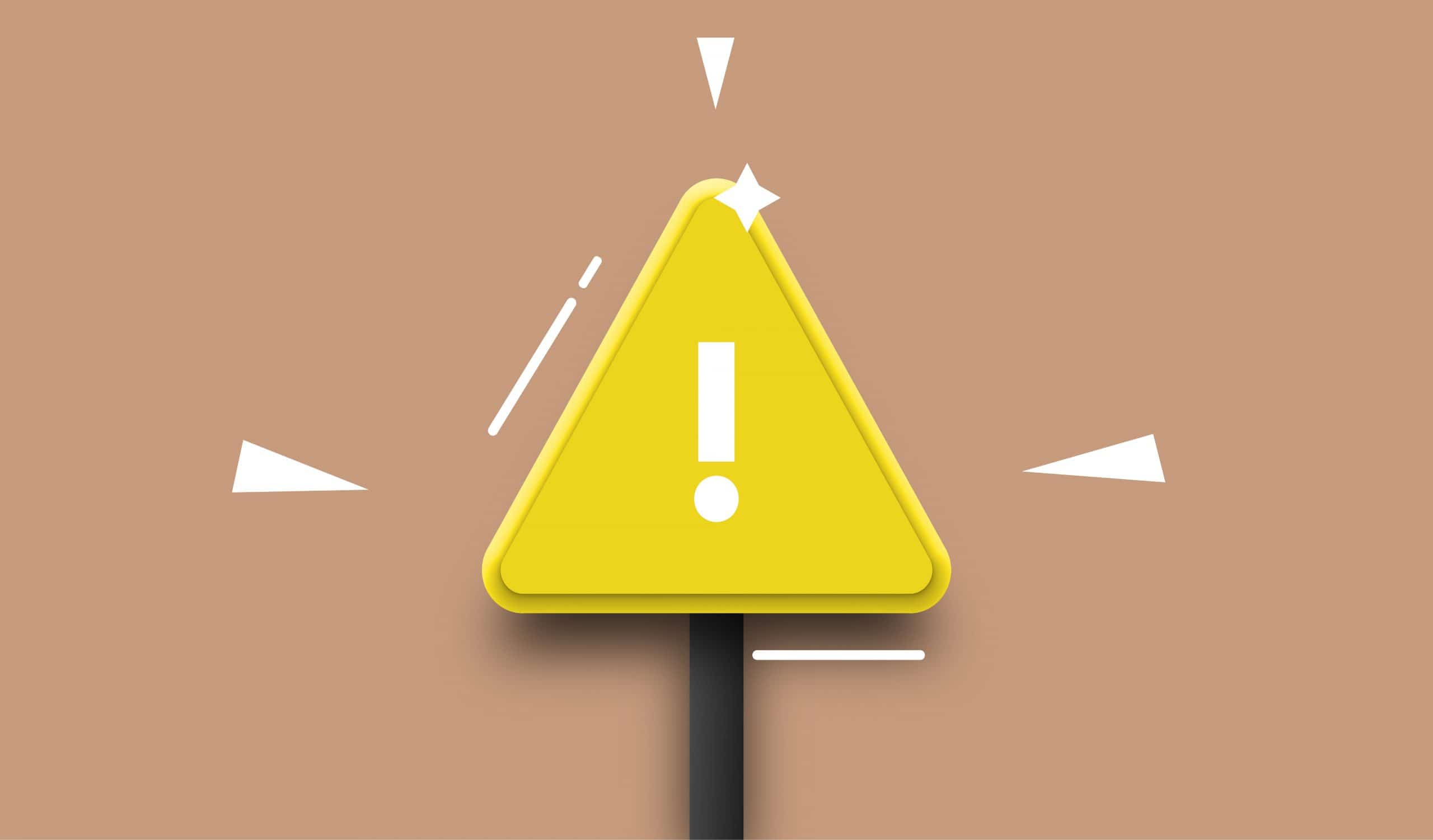5 Key Differences Between Cross-selling And Upselling (+ Why And How to Use Both)
Posted on
Cross-selling and upselling are proven sales and marketing techniques.
Both techniques offer customers in the sales funnel the opportunity to purchase additional products and thereby increase sales. However, they are very different in terms of what they offer, how they are used, and what’s required to sell them.
Get it right and you will increase revenues and give your customers a positive purchasing experience. Get it wrong and not only will you end up with high levels of shopping cart abandonment, but your customers will also be left frustrated and take their custom elsewhere.
What is it?
Let’s keep it simple:
Upselling offers the customer the chance to purchase the same product, but a better version. For example, a customer may wish to purchase a bluetooth headset for phone calls. While they have chosen the basic model, the sales operative could recommend the same brand of headphones but a high-end model with additional features as an alternative at a higher price.
Cross-selling offers the customer add-on products that they may not have originally intended to purchase but will complement the original item. An excellent example is the purchase of a mobile phone. The mobile phone on its own will be fine, but a great cross-seller would suggest the purchase of headphones, a protective case, or even an additional phone charger and cable.
What’s the difference?
Yes, they both offer sellers the chance to increase the average value of sales. But that’s it. Here are five key differences between upselling and cross-selling:
- Upselling increases sales values by offering a higher quality product while cross-selling is about offering more products. Perhaps you created a software program for inventory management for Shopify. Your customer subscribes to the basic package, but they are expanding their operations. You could upsell the next tier that will meet their additional needs for an increased fee.
- Offering a similar item to the one the customer initially selected is upselling. Cross-selling, however, offers different items that may complement the chosen product. A fast-food vendor may offer a supersize meal. That is upselling. However, when they ask if you want fries with your burger, that’s cross-selling.
- Upselling requires in-depth knowledge about one type of product, all the varying levels of quality and models available for that item, and how that will add benefit to the user. Cross-selling incorporates a wider range of products, therefore more knowledge is required about what products will complement the original sale and how they will all add benefit to the user.
- Revenue is increased from the sale of a single product in upselling, but cross-selling makes multiple gains from the sale of several products.
- Large single-item markets offer the best opportunities for upselling. If someone wants to buy a widescreen HD TV, upselling allows the opportunity to offer a 55-inch screen compared to the 50-inch one they are looking at, or even the 4K version, but offers have to be about a TV.
However, the opportunities for cross-selling are much wider because they can be done in and across any market. Along with the TV, you could also offer them a 3-month free trial of a streaming provider, or perhaps a deal on a media package.
Why use Upselling and Cross-selling?
The opportunities provided by upselling and cross-selling should not be underestimated.
Increased revenue
Upselling and cross-selling will boost revenues.
According to McKinsey, cross-selling alone can increase sales by 20% and profits by 30%. While Sumo claims upselling increases revenues by 10-30%.
Figures like that are impossible to ignore.
Personalized customer experiences
Customers want every step of their purchasing journey to be tailored to them, from advertising, to purchase, and post-purchase. They want to engage with brands that have done their work and know what they want before they know it themselves.
When you can make recommendations that are relevant to their purchasing behavior, customers are far more likely to make that purchase because they feel you have tailored that package for them.
If you want to build a better site, you need to make sure it can adapt and offer personalized experiences for your customers by making specific and relevant recommendations, not a popup featuring random items.

Increased customer retention
When you offer relevant recommendations that are tailored to your customers, you build brand loyalty. Customers who continue to return, help you generate a higher customer lifetime value; the net profit that you can achieve from a customer for the duration of their relationship with you.
We live in a competitive world. It’s more cost-effective to focus on customer retention rather than customer acquisition.
If your upselling and cross-selling strategies offer your customers the opportunity to buy everything they need from a single location you are demonstrating that you know them and care about their choices. This convenience will help you create long term customers who are loyal to your brand.
Less selling, more sales
Random sales recommendations will frustrate your customers rather than encourage them to make additional purchases. Your recommendations should be reframed as a solution to their problem, rather than a pushy sales gimmick.
For example, you provide quality assurance testing, and your customer wants help with product quality improvement for their latest hairdryer. Offering additional services for testing electric toothbrushes, because that’s a new service you want to push, is not going to help them.
Upselling and cross-selling should increase the average order value ensuring every sale is optimized.
Providing recommendations to customers who are already engaged increases the average order value in the short term and the customer lifetime value in the long term. Cross-selling alone helps introduce products that your customers may not have known were available.
How to Use Upselling and Cross-selling
Now you know the benefits, you need to know how to use cross-selling and upselling to achieve them.
Here are a few tips:
1. Know your audience
76% of people expect personalization these days. You can’t personalize your customer experience until you know them. That means research.
You must engage in ongoing studies of your customer base using analytical tools and key demographics. Perhaps you could involve your staff in an innovation challenge to help write the perfect script to maximize upselling and cross-selling techniques that demonstrate knowledge about both your products and your customers’ needs.
If you want your upsell or cross-sell to feel genuine, rather than aggressive, it needs to resolve their problem. Understand why your customers need your products, what problems they solve for them, and tailor your offer to add value.
2. Keep it simple
If your upselling or cross-selling techniques overwhelm your customers, you need to tone it down. Use empathy maps to learn how your customers feel about their experience. Are you bombarding them with discounts and offers that only create confusion and lead to a negative experience?
It’s best to keep it simple. Limit your upselling and cross-selling offers to products that are relevant to that customer.
3. Price
Always be aware that pricing can make or break your success using upselling and cross-selling offers.
With upselling, you want to offer upgrades that solve problems but are still within the customer’s price range. For example, your customer may want to upgrade their user testing app but has a limited budget. There’s no point in offering the premium package if it is five times the cost of their current package. Keep your solution reasonable.
Likewise, with cross-selling, add-on items should be priced lower than the original product to increase the likelihood of a purchase. No one will buy a shoe cleaner that costs more than the shoes.
4. Pre-purchase and post-purchase
Before and after a customer pays, are the perfect opportunities for upselling and cross-selling, especially in eCommerce.
Online supermarkets make the most of pre-purchase opportunities with the ‘have you forgotten…’ pop-up once a customer clicks on the checkout button.
Amazon is an excellent example of how to use post-purchase cross-selling. At the bottom of their order confirmation emails, there’s always a list of additional items that other customers have purchased.
5. Product bundles
Who doesn’t like product bundling when you can buy a group of related items together, for much less than you would pay for them separately?
Maybe you’re an online advice blogger with pay-per-view access, but your how to rate an app page is outperforming your app testing page in terms of hits. Perhaps you could offer them together with a buy one, get one free deal?
Bundles offer shoppers a convenient opportunity to purchase multiple products, but in a way that doesn’t come across as pushy. A customer is more likely to accept a cross-sell if it’s packaged as a deal.

Beware…
Upselling and cross-selling are one of the easiest ways to increase both sales conversion rates and average order values.
However, to strengthen your relationships with your customers you must make them relevant and personalized.
To get those conversions you need to understand your customers and their needs, and tailor your recommendations so they add value and help buyers resolve their problems.
Aggressive, pushy, and irrelevant upselling and cross-selling only leads to confused and disgruntled customers who will walk away from their purchase and lose their trust in your brand.
 Kate Priestman – Head Of Marketing, Global App Testing
Kate Priestman – Head Of Marketing, Global App TestingKate Priestman is the Head of Marketing at Global App Testing, a trusted and leading end-to-end functional testing solution for QA challenges. Kate has over 8 years of experience in the field of marketing, helping brands achieve exceptional growth. She has extensive knowledge on brand development, lead and demand generation, and marketing strategy — driving business impact at its best. Kate Priestman also published articles for domains such as CEO Blog Nation and VMblog. You can connect with her on LinkedIn.

